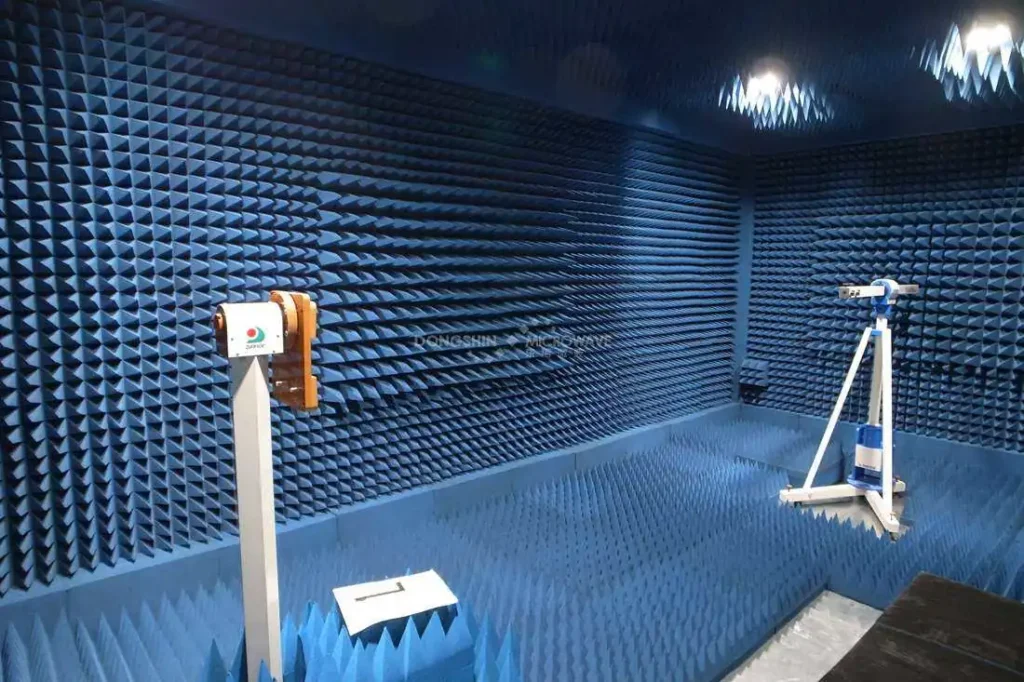Messi Biology states that the application of magnesium oxide (MgO) in absorbing materials has evolved from “auxiliary filler” to a core functional phase characterized by lightweight, broadband, and strong attenuation. With its comprehensive advantages of “lightweight, thin, wide bandwidth, and stable,” magnesium oxide is becoming a key building block for the next generation of multi-spectral stealth materials.

1. Lightweight Broadband Radar Wave Absorber
- Mechanism of Action: Nano-magnesium oxide (particle size 30–50nm) has a high specific surface area and abundant lattice defects. Interface polarization and multiple scattering work synergistically, causing the incident electromagnetic waves to undergo multi-stage attenuation inside the material through “reflection-refraction-reabsorption.”
- Performance Indicators: When the single-layer coating thickness is <1mm, the reflection loss to 2–18GHz radar waves can reach –20dB (99% energy absorption), and the areal density is <0.8kgm⁻², which is 40% lighter than traditional ferrites.
2. Impedance Matching Regulator
- Composite Strategy: When composited with conductive carbon nanotubes, magnetic ferrites, or dielectric polymers, the dielectric constant of MgO (ε≈9.8) is between air and magnetic media, acting as a “buffer layer.” This significantly reduces surface reflection and increases the proportion of energy entering the material.
- Typical Formulation: A CNT/Fe₃O₄/MgO ternary composite coating achieves RL<–30dB in the 8–12GHz frequency band, with an effective bandwidth of 4.2GHz, and has been used in the skin of a certain type of UAV.
3. High-Temperature Stealth and Infrared Compatibility
- Thermal Stability: With a melting point of 2852℃, it remains chemically stable in an 800℃ oxidizing environment, making it suitable for integrated thermal protection-stealth structures on the leading edges of hypersonic vehicles.
- Infrared Radar Compatibility: When composited with infrared absorbing phases (such as LaB₆, ITO), it can simultaneously attenuate 3–5µm and 8–14µm infrared waves and centimeter wave radar, achieving multi-band stealth.
4. Process and Cost Advantages
- Low-Temperature Coatability: Nano-magnesium oxide can be uniformly dispersed in polymer matrices that can be cured at 80–120℃, without the need for high-temperature sintering, making it compatible with existing aircraft and ship maintenance processes.
- Low-Cost Route: Electronic-grade magnesium oxide has a low cost, only 1/5 of that of carbonyl iron powder, which is conducive to large-scale engineering applications.
Prospects
- Metasurfaces: Embedding nano-magnesium oxide into 3D-printed gradient pore structures to achieve 1–40GHz ultra-wideband stealth.
- Flexible Wearables: MgO/TPU absorbing thin films used in soldier combat uniforms show a reflection loss reduction of only 5% after bending 1000 times.
